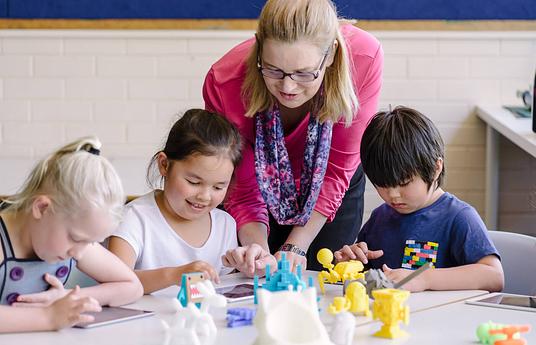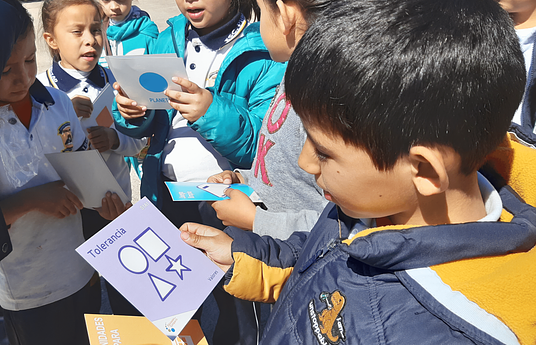After 27 years of observing underrepresented students fail college-level chemistry, it became apparent that we needed to revolutionize how science, particularly chemistry, is taught. Current interventions were not working. My research has shown that the early introduction of chemical symbols to kids ages 8 - 12 provides these students with the ability to master concepts in college chemistry.
I have created a series of 10 comic books that scaffold the learning objectives found in a first-semester college-level chemistry course. My research involved sending these comics to kids ages 8 - 12 and asking parents to be 'hands-off' to allow the kids the opportunity to read them independently. After a child read the comic, I would then meet the child via Zoom so that we could play chemistry games and discuss the comic book's funny moments and characters. I recorded these Zoom sessions (with permission) and subsequently coded them for chemical fluency and comprehension. Some of the 'games' were actually problems from college exams. What I discovered is that these kids 1) devoured the comics, 2) mastered college-level chemistry concepts independently and with total confidence, 3) wanted to learn more chemistry, and 4) enjoyed the process. I had one 3rd-grader ask me for "more formulas" after she had filled a page with molecular formulas. This needs to be common practice in the US.
In 2022, I have appeared on Good Morning Arizona, local TV news stations, KJZZ (NPR) interview, and a host of podcasts including "Rethinking Learning" with Barbara Bray. I was also on the front page of the Sunday Arizona Daily Star which was picked up by the AP nationally and found in the San Francisco Chronical, US News, and other newspapers. The American Chemical Society featured our comics in their weekly magazine, Chemical and Engineering News.
I have partnered with the nonprofit company, Hewitt Learning, to publish these comic books.
We are accepting pre-orders for the comic books. The pre-order link is found on our website, www.kidschemicalsolutions.com.
Dr. Colleen Kelley (the creator and founder of Kids' Chemical Solutions) can be reached by email at chemistrycolleen@gmail.com



